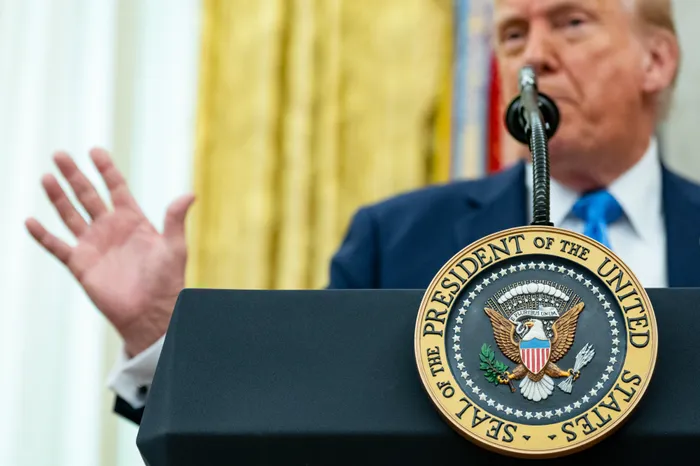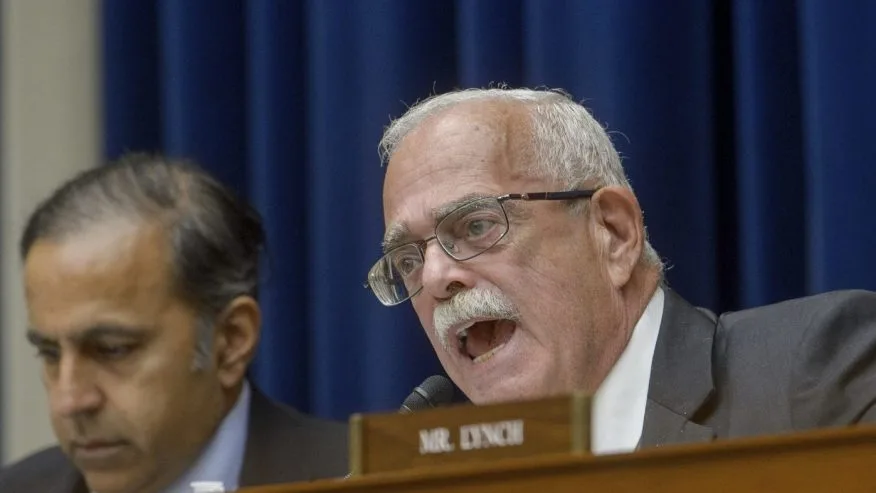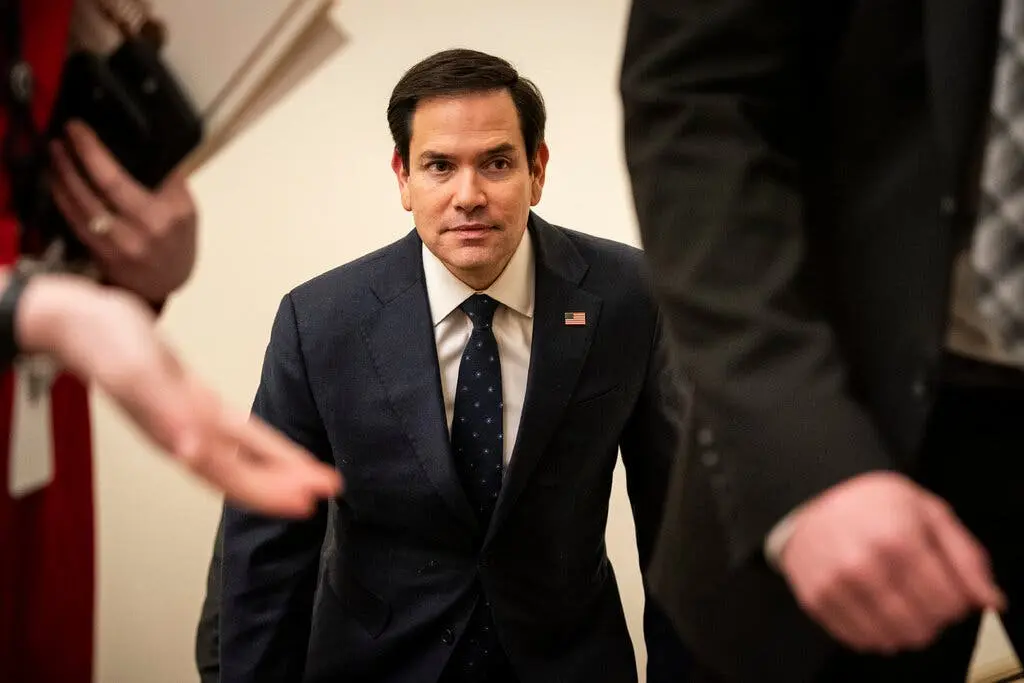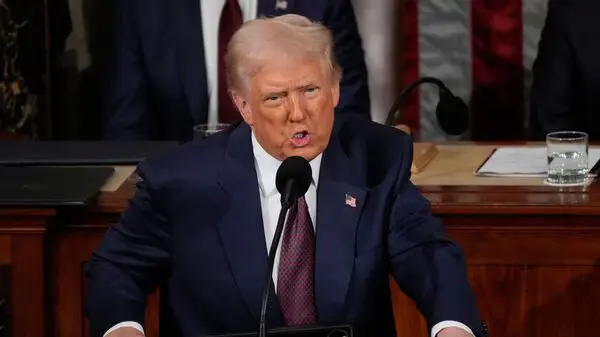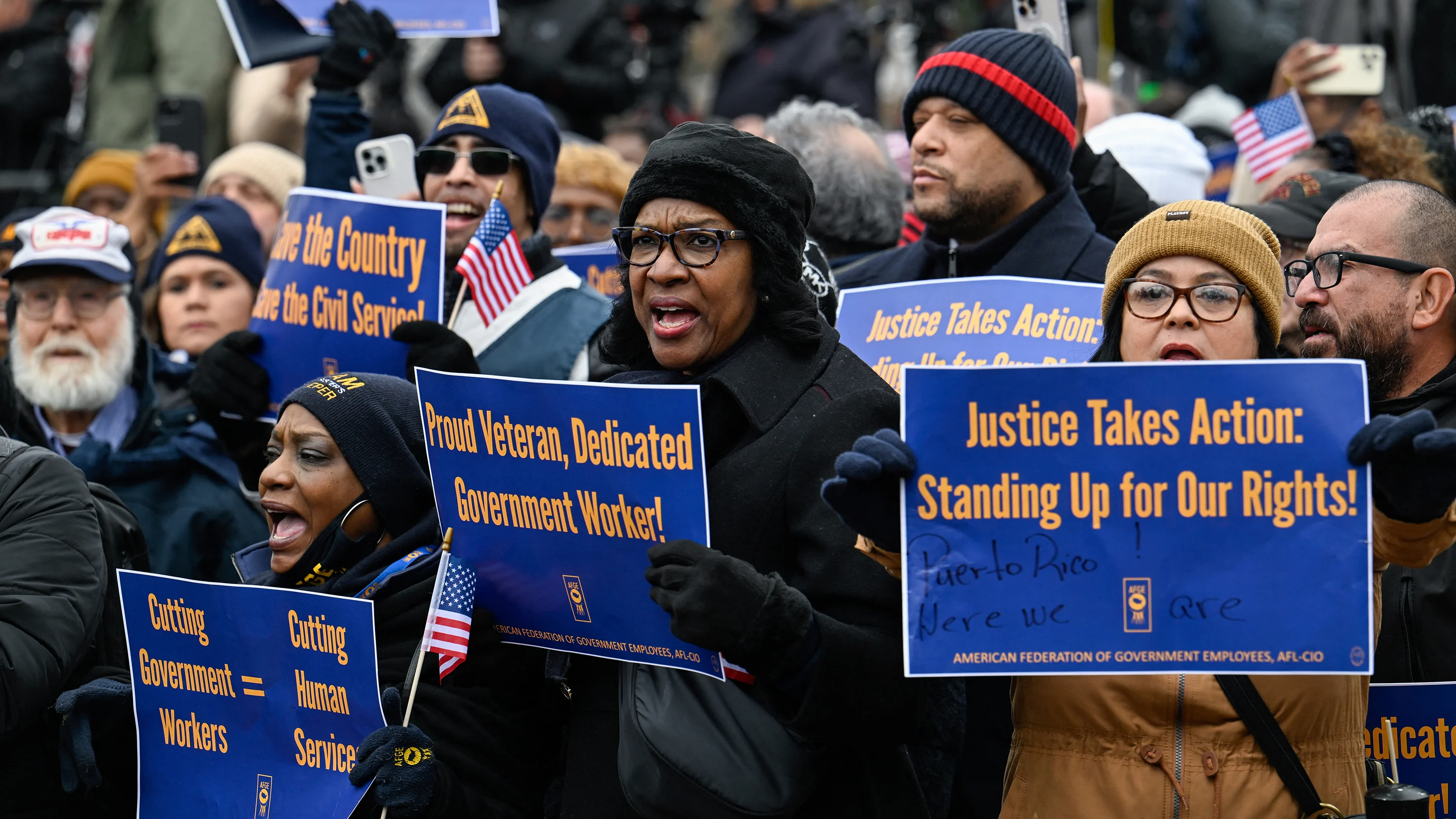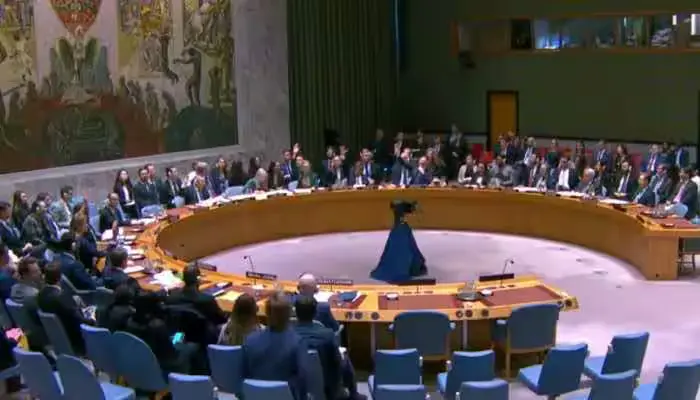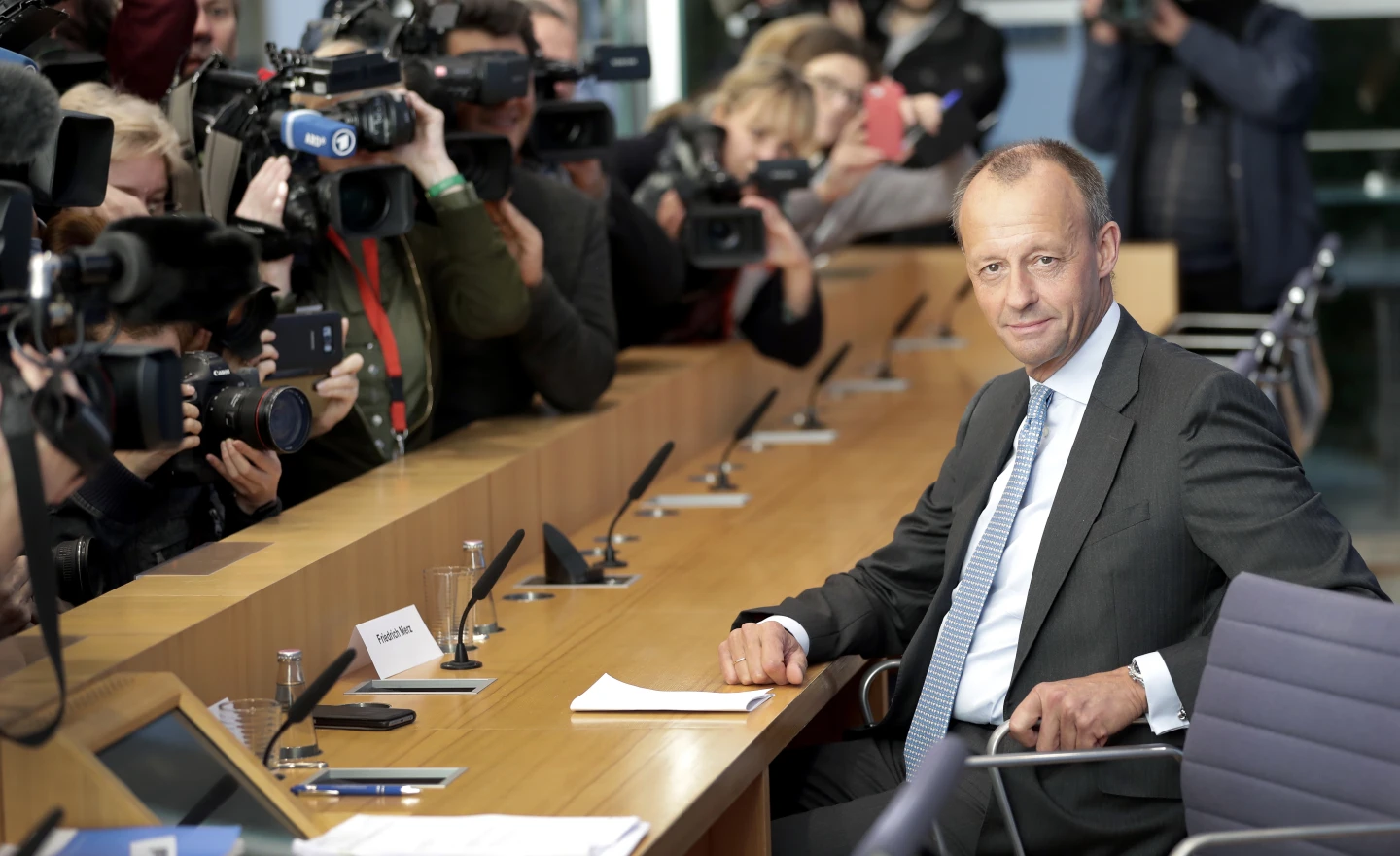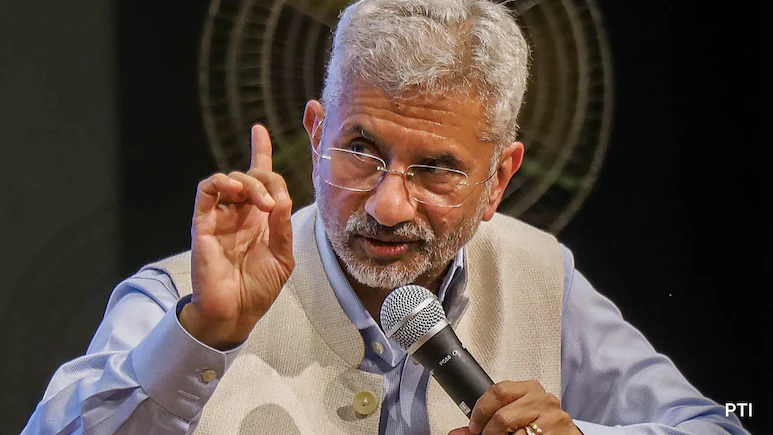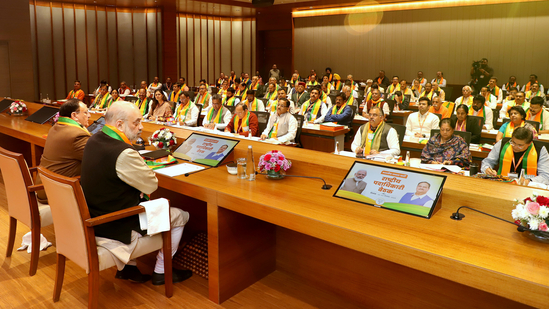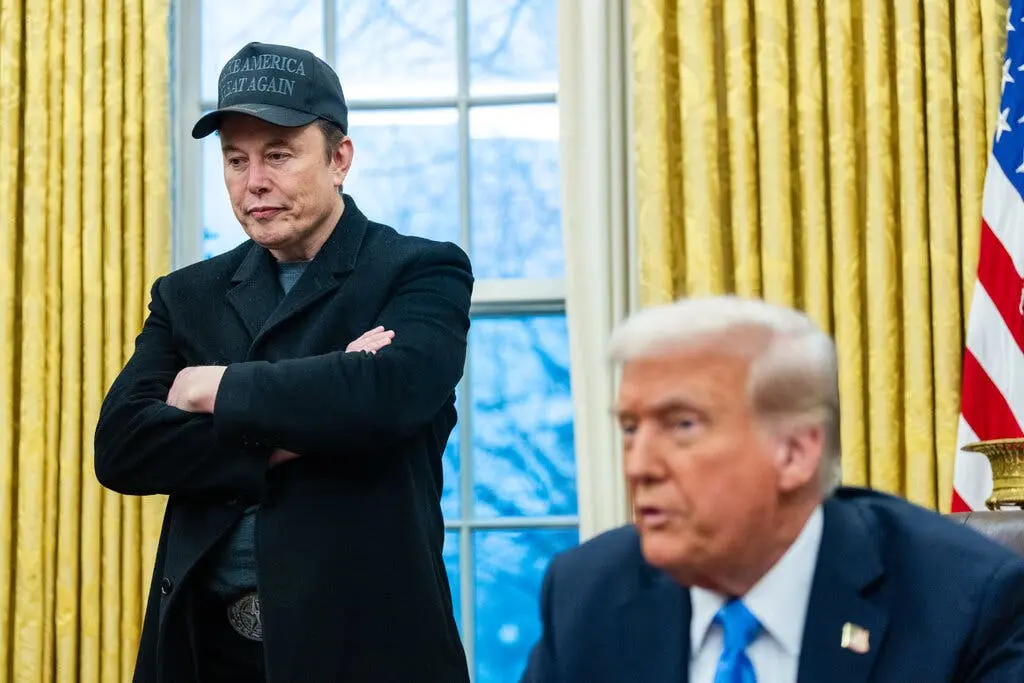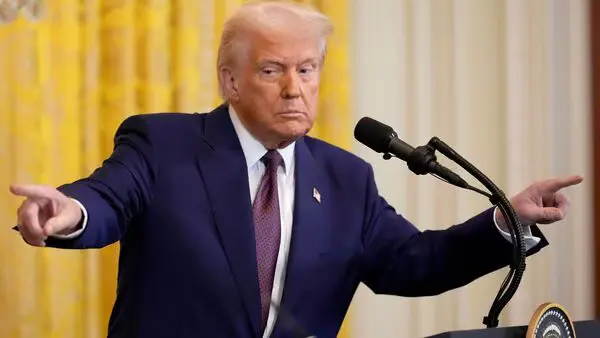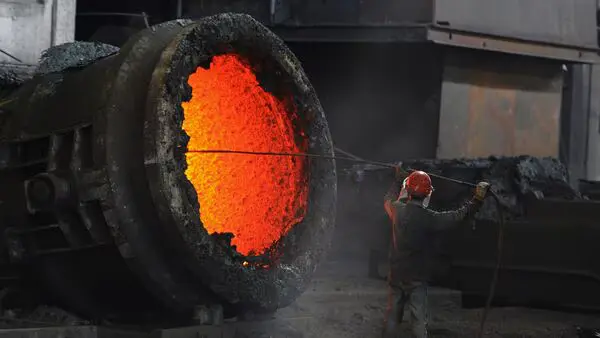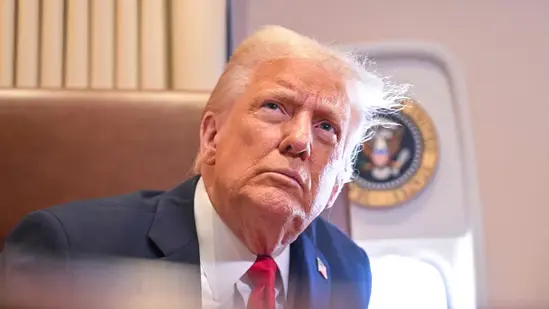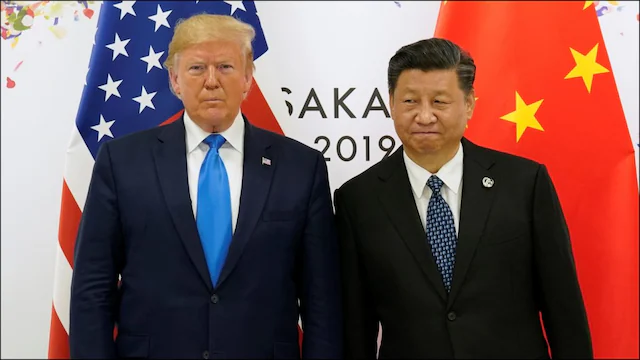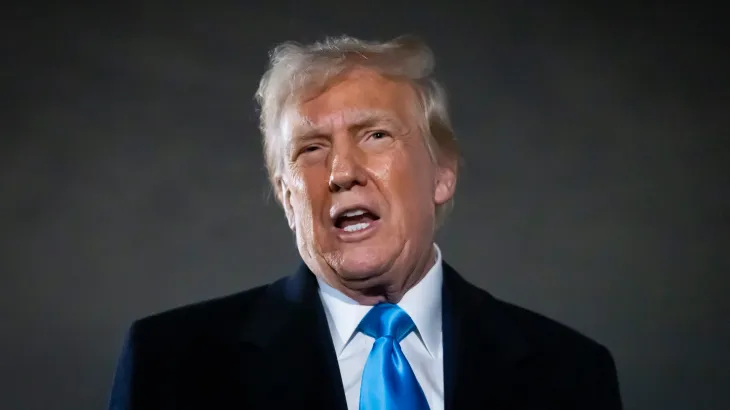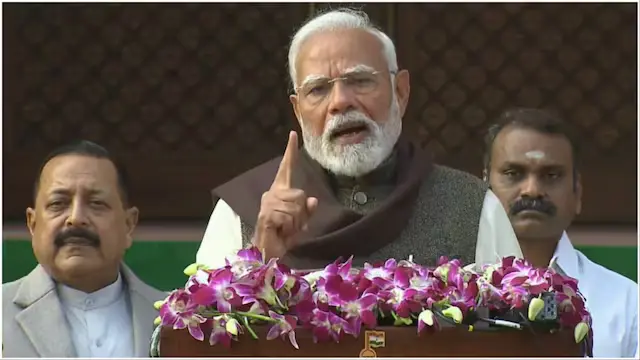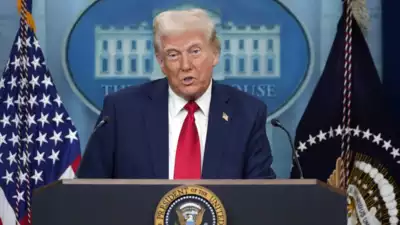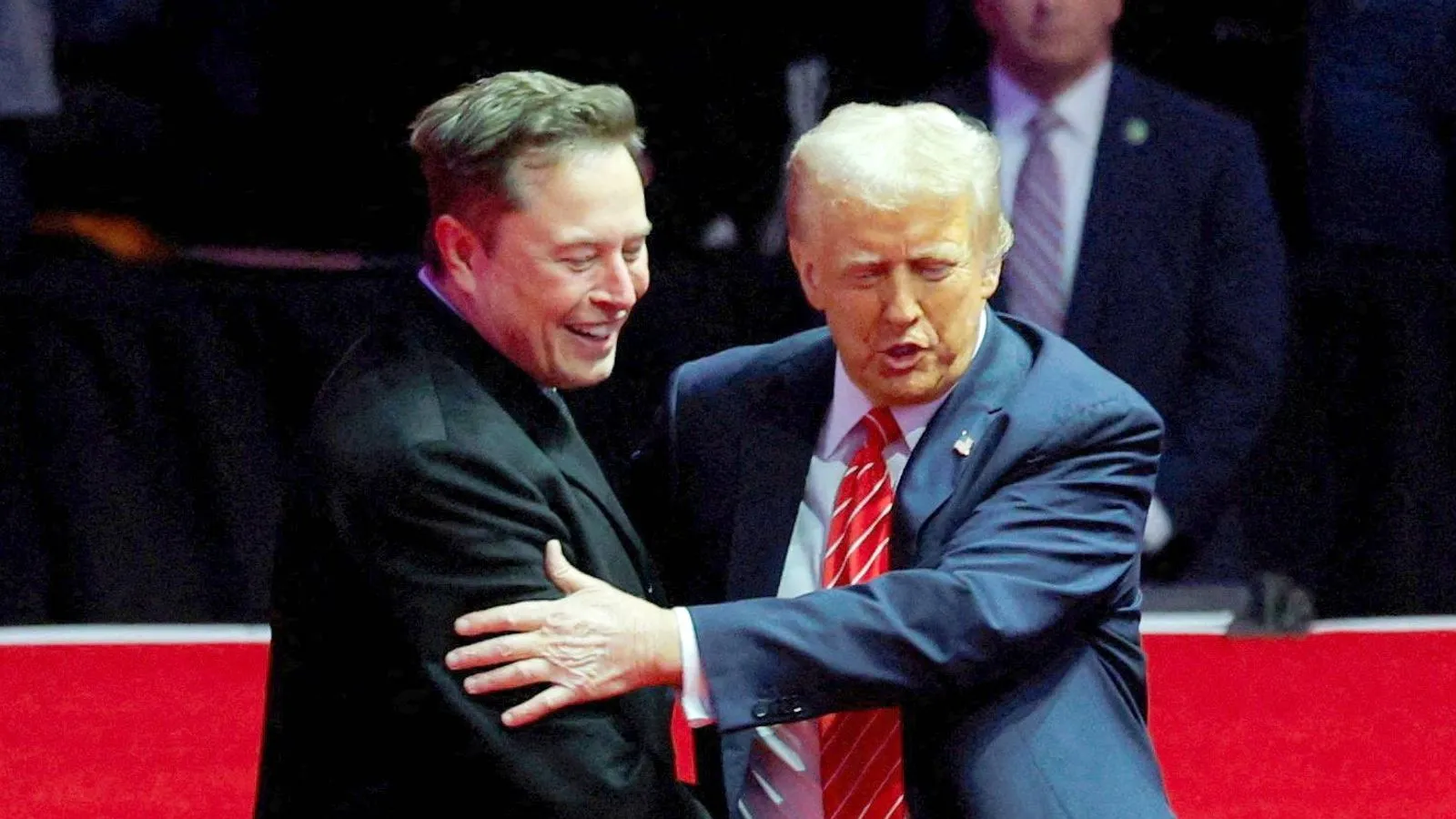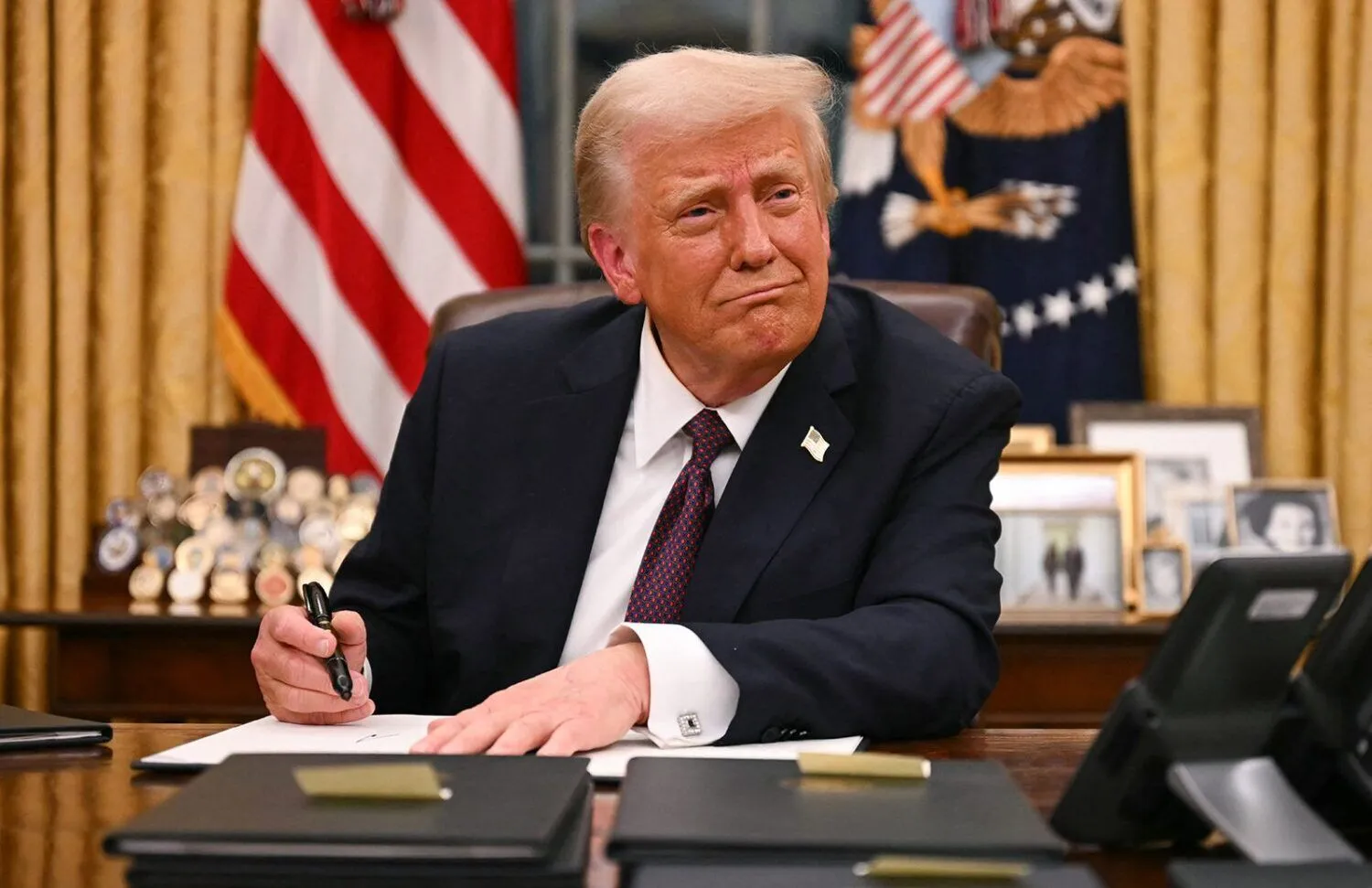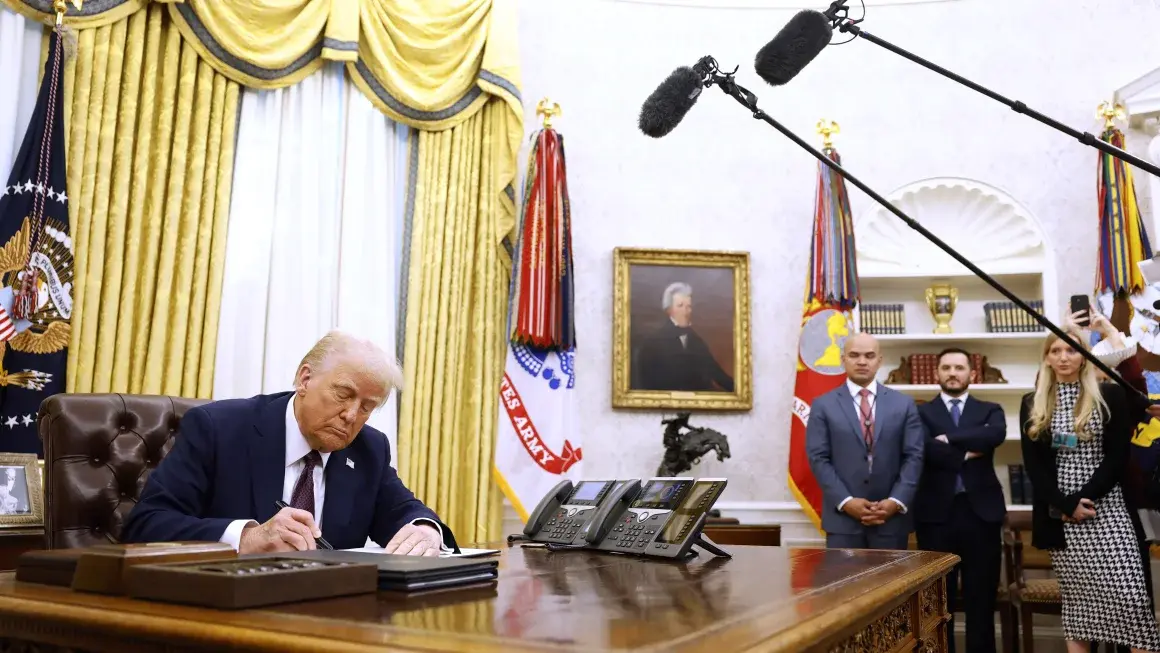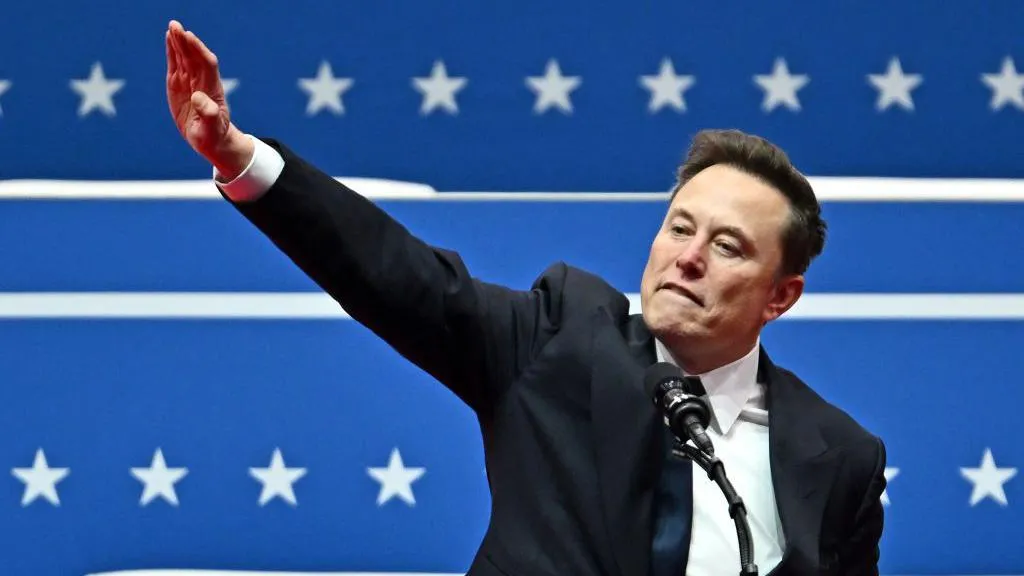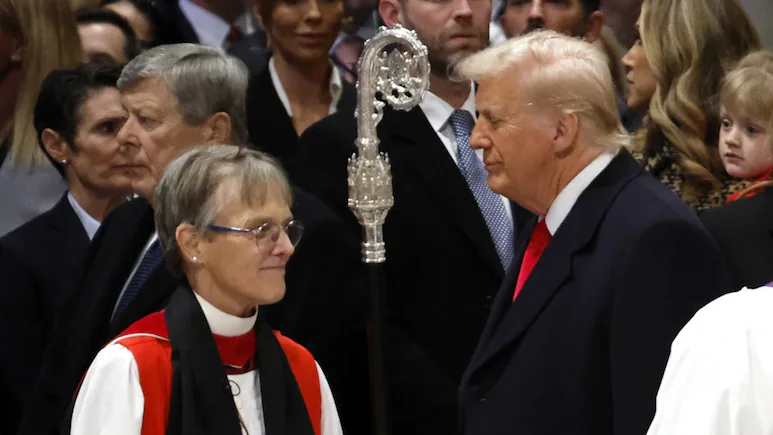Trump announces fresh round of tariffs on steel and aluminum
The 25 percent tariffs on imported steel and aluminum are the latest salvo in his ongoing effort to overhaul the U.S. trading relationship with the rest of the world.
- 11 Feb 2025
- Shivani Verma
- bestblog.today
President Donald Trump signed a pair of executive orders on Monday imposing 25 percent tariffs on imported steel and aluminum, the latest salvo in his ongoing effort to overhaul the U.S. trading relationship with the rest of the world.
This is a big deal — making America rich again, Trump said as he signed the orders.
The president’s actions are designed to promote greater domestic steel industry production and employment. But they will increase costs for manufacturers that use the industrial metals to produce goods such as automobiles and appliances. Those higher costs are at odds with Trump’s repeated campaign promises to bring down the cost of living.
This isn’t just about trade. It’s about ensuring that America never has to rely on foreign nations for critical industries like steel and aluminum, said Peter Navarro, White House senior counselor for trade and manufacturing.
Even before the official announcement, which the president previewed Sunday, the European Commission slammed it as “unlawful and counterproductive. German Chancellor Olaf Scholz vowed that Germany, Europe’s largest exporter of steel to the United States, could retaliate “within an hour” of any U.S. move.
Trump may announce additional U.S. trade measures as soon as Tuesday. He has promised to debut a new reciprocal tariff that would set U.S. import taxes to match those that other nations apply to U.S. products. One target is the European Union, which maintains a 10 percent tariff on cars imported from the United States while European vehicles are hit with a 2.5 percent U.S. tax when sold to American customers.
Trump’s reciprocal plan would represent a departure from recent decades when U.S. policymakers sought lower tariffs in most cases to reduce product costs and spur global integration. Trump’s new approach would further increase U.S. trade barriers, particularly on products from nations such as India and Brazil.
Combined with the raft of tariff plans he has proposed or implemented since taking office three weeks ago, the reciprocal proposal underscores Trump’s determination to enact historic changes in U.S. trade policy.
The steel and aluminum tariffs, meanwhile, are likely to renew tensions between the United States and its North American neighbors, which are among its largest suppliers of steel imports. The president just last week paused plans to impose a separate set of import taxes on goods from Canada and Mexico, which he linked to concerns over immigration and drug trafficking.
Canada, the No. 1 foreign supplier to the United States, last year shipped 6.6 million tons of steel to American buyers, according to the American Iron and Steel Institute (AISI). Brazil, Mexico, South Korea and Vietnam rounded out the top five import sources.
Though China is a relatively modest U.S. supplier, shipping 508,000 tons to U.S. customers, its global dominance of the steel industry makes it the administration’s real target.
China produces more than half of global steel output. As its domestic economy has slowed amid the collapse of a property bubble, its mills have continued to churn out more steel than the country’s builders and manufacturers can use.
The amount of excess steel available on global markets in 2023 reached 551 million metric tons, four times what the European Union produced, according to the Organization for Economic Cooperation and Development in Paris. That surplus supply weighs on global prices, keeping them too low for U.S. steelmakers to operate profitably without tariff protection.
In 2018, Trump imposed similar import taxes on steel and aluminum during his first term. They were later amended to permit continuing shipments from major U.S. allies such as Canada and Mexico, and replaced with an annual quota for Argentina, Brazil and several other nations.
But provisions for specific products in some cases, or all metals from countries like South Korea, to avoid those tariffs have been abused, a White House official said. The result has been continued weakness in the domestic industry, including the closure in recent years of aluminum smelters in Kentucky and Washington state.
Steel industry executives also complain that Chinese steel often enters the U.S. market via third countries such as Mexico.
Both China and Russia have exploited loopholes in the existing metals tariffs to ship their steel and aluminum to the United States via Canada and Mexico, the official told reporters Monday.
The new tariff regime aims to close those loopholes by instituting requirements for steel and aluminum to be cast or smelt in North America before reaching the U.S. market. Customs and Border Protection officials also will intensity their oversight of industrial metals shipments to prevent Chinese or Russian products being mislabeled to evade tariffs, the official said.
REED MORE
Releted News
-
flickers near the flatline
9 Apr 2025
Read More -
fight to the end
8 Apr 2025
Read More -
DOJ attorney placed
6 Apr 2025
Read More -
Today in Politics
5 Apr 2025
Read More -
Parliament Budget Session
2 Apr 2025
Read More -
Have Already Ended
31 Mar 2025
Read More -
Bangkok airport
28 Mar 2025
Read More -
Political black comedy
27 Mar 2025
Read More -
Trump officials
26 Mar 2025
Read More -
Gujarat Titans Is Playing
25 Mar 2025
Read More -
Kunal Kamra Eknath Shinde
24 Mar 2025
Read More -
Top House Democrats
21 Mar 2025
Read More -
Zelensky Halt Strikes
20 Mar 2025
Read More -
Putin humiliates Trump
19 Mar 2025
Read More -
Nagpur violence
18 Mar 2025
Read More -
BJP Leaders Held
17 Mar 2025
Read More -
Trump Administration
16 Mar 2025
Read More -
Pakistan train hijack
15 Mar 2025
Read More -
Gold smuggling case
14 Mar 2025
Read More -
Gunmen shot them all
13 Mar 2025
Read More -
Jio Starlink India
12 Mar 2025
Read More -
lead the charge
11 Mar 2025
Read More -
Carney’s Trump Challenge
10 Mar 2025
Read More -
South Carolina Executes
8 Mar 2025
Read More -
CNBC Daily Open
7 Mar 2025
Read More -
Ranya Rao Dubai Trips
6 Mar 2025
Read More -
Donald Trump speech
5 Mar 2025
Read More -
America on Trump
5 Mar 2025
Read More -
Trump pauses all U.S
4 Mar 2025
Read More -
Himani Narwal Case
3 Mar 2025
Read More -
Europe Mediates Rift
3 Mar 2025
Read More -
Three strikes
1 Mar 2025
Read More -
Judge Blocks Firings
28 Feb 2025
Read More -
Supreme Court Pauses Aid
27 Feb 2025
Read More -
US Breaks Ukraine Support
25 Feb 2025
Read More -
US Russia UNSC Stance
25 Feb 2025
Read More -
Telangana Tunnel Crisis
24 Feb 2025
Read More -
Friedrich Merz Germany
24 Feb 2025
Read More -
Zelensky Trump Relations
22 Feb 2025
Read More -
USAID Fund Controversy
22 Feb 2025
Read More -
Delhi BJP's New Initiatives
21 Feb 2025
Read More -
Bibas Family Tragedy
21 Feb 2025
Read More -
Delhi CM Oath Event
19 Feb 2025
Read More -
Musk Wins Ruling
19 Feb 2025
Read More -
Social Security Chief Resigns
18 Feb 2025
Read More -
Congress Slams CEC Appointment
18 Feb 2025
Read More -
Trump Seeks Power to Fire
17 Feb 2025
Read More -
Lalu on Kumbh Stampede
16 Feb 2025
Read More -
Maha Kumbh Tragedy
15 Feb 2025
Read More -
Justice Dept. Turmoil
15 Feb 2025
Read More -
Reciprocal Tariff Impact
14 Feb 2025
Read More -
Trump Modi Warmth
14 Feb 2025
Read More -
Modi hopes to keep India
13 Feb 2025
Read More -
Modi hopes to keep India
13 Feb 2025
Read More -
PM Modi France Visit
12 Feb 2025
Read More -
Musk Backs DOGE, Deflects Conflict
12 Feb 2025
Read More -
Plane Collision at Arizona Airport
11 Feb 2025
Read More -
Trump Adds New Tariffs
11 Feb 2025
Read More -
Plane Collision at Arizona Airport
11 Feb 2025
Read More -
Trump Adds New Tariffs
11 Feb 2025
Read More -
Impact of U.S. Tariffs on India
10 Feb 2025
Read More -
U.S Increases Tariffs
10 Feb 2025
Read More -
Trump Cuts Aid Jobs
7 Feb 2025
Read More -
Nagpur Man’s Costly Dunki
7 Feb 2025
Read More -
Jaishankar on Deportation
6 Feb 2025
Read More -
Trump Bans Trans Athletes
6 Feb 2025
Read More -
Trump on Reporter’s Accent
5 Feb 2025
Read More -
US Deports 104 Indians
5 Feb 2025
Read More -
Akash Bobba Joins DOGE
4 Feb 2025
Read More -
China Hits Back with Tariffs
4 Feb 2025
Read More -
Trump's Tariffs Shake Markets
3 Feb 2025
Read More -
Kejriwal Targets Rajiv Kumar
3 Feb 2025
Read More -
Philly Medical Jet Crash
1 Feb 2025
Read More -
Budget 2025 Opposition Walkout
1 Feb 2025
Read More -
Modi Jabs Opposition
31 jan 2025
Read More -
Trump on Aviation Safety
31 jan 2025
Read More -
Trump Demands BRICS Loyalty
31 jan 2025
Read More -
Patel Enemies List Fallout
30 jan 2025
Read More -
Fatal Aircraft Collision Updates
30 jan 2025
Read More -
Trump Bans Trans Troops
28 jan 2025
Read More






